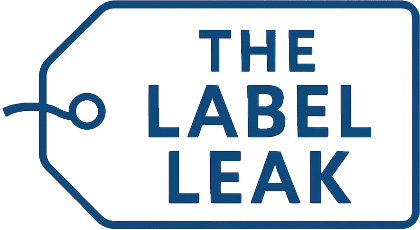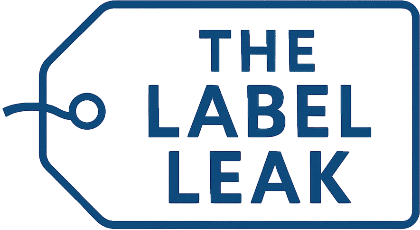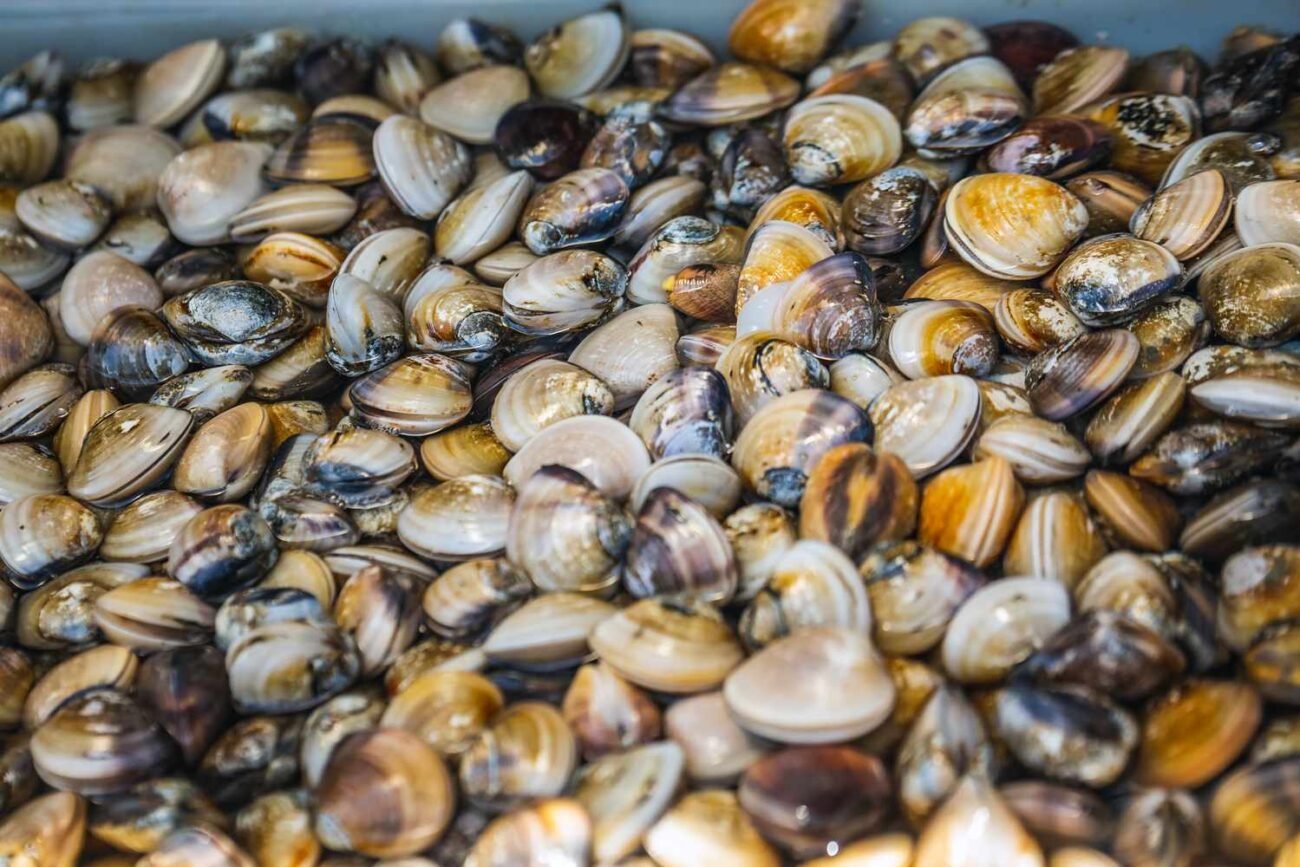Oysters and Clams Recalled Over Norovirus Risk
The Food and Drug Administration (FDA) has issued warnings about oysters and Manila clams that might be contaminated with norovirus.
In the first warning issued on Dec. 16, the products were harvested by Rudy’s Shellfish in Washington from Nov. 15 to Dec. 11. According to the FDA advisory, the oysters and Manila clams were shipped to Arizona, California, Florida, Massachusetts, Michigan, New York, and Washington, although more may have been distributed to other states.
On Dec. 18, more oysters were recalled by San Francisco-based S&M Shellfish Co. The oysters were harvested in British Columbia, Canada between Dec. 1 and Dec. 9, and distributed in at least 14 states. They are sold under the brand names Fanny Bay, Buckley Bay, and Royal Miyagi.
Retailers and restaurants have been advised to stop selling the affected seafood, while consumers who may have purchased these products are urged to discard them.
Consumers and business owners who want to check if they have recalled oysters can look for these identifiers on the product label:
- Original Harvester/Producer: Pacific Northwest Shellfish and Union Bay Seafood
- Cert. Numbers: BC 740 SP and BC 6001 SP Dates of Harvest: 12/01/24 to 12/09/24
What Is Norovirus?
Most people know norovirus as “the stomach flu,” but this term is a misnomer—norovirus is not related to influenza. Instead, it is a common cause of winter “stomach bugs” and food poisoning. Norovirus is highly contagious and spreads rapidly (Outbreaks in schools and on cruise ships are common).
Symptoms typically appear 12 to 48 hours after exposure and include gastrointestinal issues like nausea, vomiting, and diarrhea. These symptoms usually subside within a day, but recovery may take longer—especially for those experiencing severe vomiting, frequent diarrhea, or difficulty eating and drinking.
For most people, norovirus causes temporary discomfort and resolves without complications. However, it can lead to serious illness in some groups, such as infants, young children, older adults, and individuals with weakened immune systems. Dehydration, in particular, is a concern for these at-risk populations.
Norovirus spreads easily through unwashed hands, contaminated surfaces, and food prepared or served by infected individuals, according to the Centers for Disease Control and Prevention (CDC).
Why Is Shellfish a Common Source of Norovirus Outbreaks?
Eating contaminated food is a common way to catch norovirus, with outbreaks frequently linked to shellfish like oysters and clams.
Shellfish are a frequent culprit because norovirus is found in vomit and feces, which can contaminate sewage that flows into water sources where shellfish live. Shellfish are filter feeders, meaning they draw in water to extract nutrients. This means they also ingest any pathogens present in the water. Over time, these pathogens accumulate in their bodies.
Oysters and clams are particularly likely to spread norovirus because they’re often eaten raw, though even undercooked shellfish can carry norovirus.
In the recall notice, the FDA emphasized that “food containing norovirus may look, smell, and taste normal,” making it impossible to detect contamination by appearance alone.
The FDA advises against eating recalled shellfish and recommends that anyone experiencing symptoms after consuming these products contact their healthcare provider and report their illness to their local health department.
What This Means for You
If you have purchased oysters or Manila clams recently, check if they are part of the recent recalls. Contaminated shellfish may look and taste normal. Discard any affected products and contact a healthcare provider if symptoms arise.
Verywell Health uses only high-quality sources, including peer-reviewed studies, to support the facts within our articles. Read our editorial process to learn more about how we fact-check and keep our content accurate, reliable, and trustworthy.
Thanks for your feedback!
What is your feedback?
Helpful
Report an Error
Other


